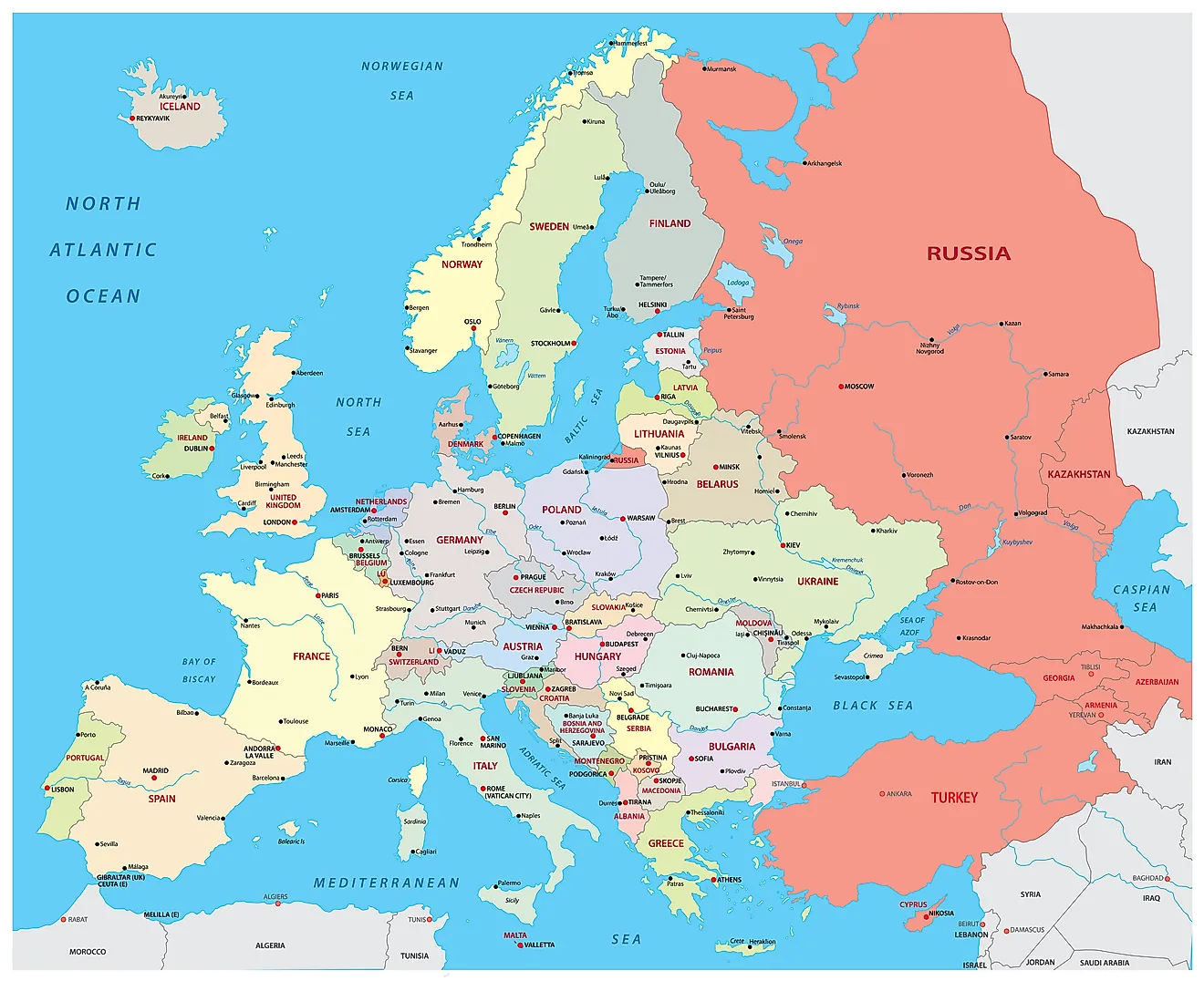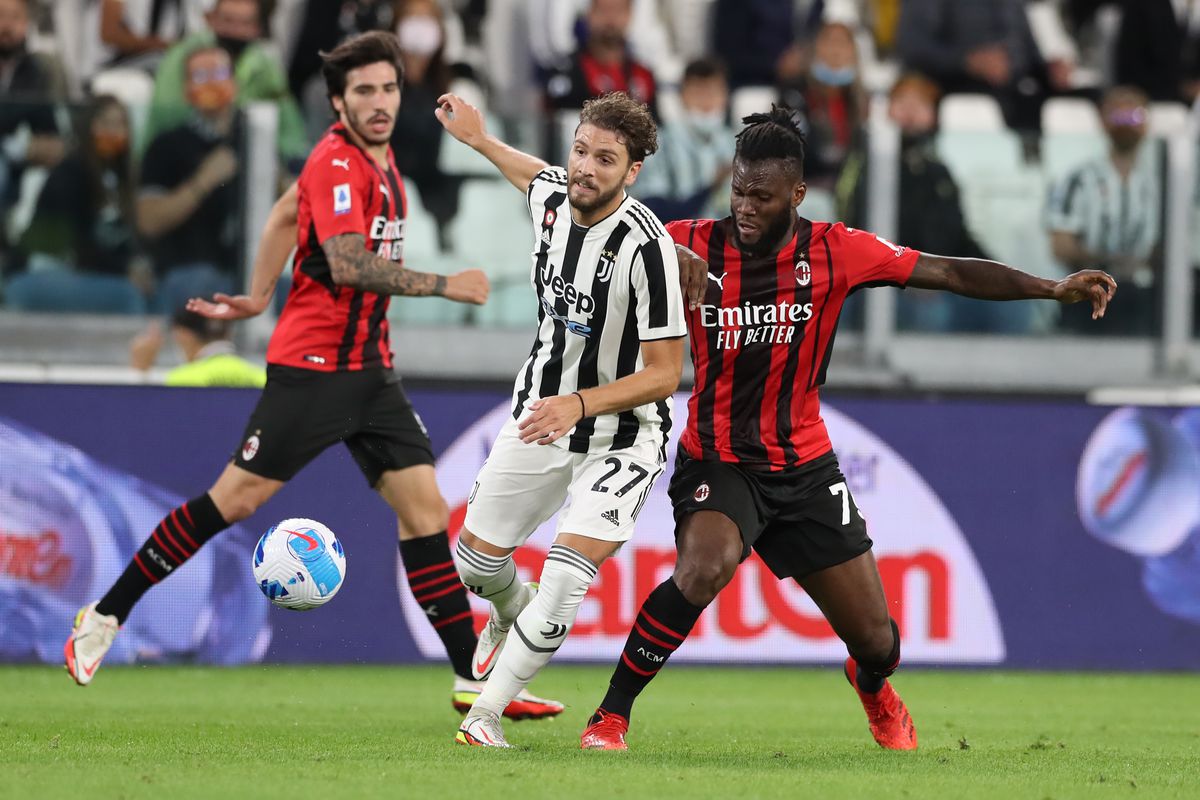
Tentu, berikut adalah artikel berbahasa Inggris tentang perbandingan dan peringkat trofi klub Eropa, dengan perkiraan panjang sekitar 1.200 kata.
The Pantheon of Prestige: Ranking European Club Football’s Top Trophies
European club football stands as the undisputed pinnacle of the global game. Driven by immense financial power, a rich history, and an unparalleled concentration of talent, its competitions captivate billions. At the heart of this allure are the trophies, symbols of triumph, endurance, and skill that every player, manager, and club covets. But in the crowded calendar of continental challenges, how do these accolades compare? From the illustrious to the emerging, understanding the hierarchy of European club trophies requires a dive into their history, prestige, difficulty, and impact.
I. The Undisputed King: The UEFA Champions League (and its Predecessor, the European Cup)
Prestige: 10/10 | Difficulty: 10/10 | Financial Reward: 10/10 | Historical Significance: 10/10
There is simply no debate: the UEFA Champions League (UCL) is the ultimate prize in European club football, and arguably in world club football. Born as the European Champion Clubs’ Cup in 1955, it was initially a straight knockout competition for national league champions. Its re-branding in 1992, introducing a group stage and allowing multiple entrants from stronger leagues, cemented its status as a global phenomenon.
Why it reigns supreme:
- Elite Competition: Only the very best teams from the strongest leagues qualify, ensuring every match is a clash of titans. The quality on display is unparalleled, with virtually every world-class player gracing its stages.
- Historical Legacy: From Real Madrid’s early dominance to the Ajax total football, Liverpool’s comebacks, Manchester United’s treble, and Barcelona’s tiki-taka, the European Cup/Champions League has consistently produced footballing legends and iconic moments that transcend generations. Its trophy, "Old Big Ears," is instantly recognizable worldwide.
- Financial Bonanza: Participation and progression through the UCL stages offer astronomical financial rewards through prize money, TV rights, and increased sponsorship opportunities. Winning it can transform a club’s economic landscape, enabling further investment in players and infrastructure.
- Global Reach: The Champions League final is one of the most-watched annual sporting events globally, attracting a massive audience far beyond Europe. Its anthem is instantly recognizable, evoking a sense of grandeur and excitement.
- Ultimate Challenge: To win the UCL, a team must navigate a demanding group stage, followed by increasingly difficult two-legged knockout ties against the continent’s best. The physical and mental demands are immense, requiring consistency, tactical shrewdness, and moments of individual brilliance.
Winning the Champions League elevates a club to an almost mythical status, cementing its place in history as truly the best in Europe, if not the world, for that season.
II. The Formidable Understudy: The UEFA Europa League (and its Predecessor, the UEFA Cup)
Prestige: 7.5/10 | Difficulty: 8/10 | Financial Reward: 7/10 | Historical Significance: 8/10
The UEFA Europa League (UEL), formerly the UEFA Cup (1971-2009), is the second-tier continental competition. While often overshadowed by its illustrious older sibling, it is far from a consolation prize. It evolved from the Inter-Cities Fairs Cup and has grown significantly in stature, particularly since its rebranding and the introduction of a Champions League qualification spot for the winner.
Why it holds significant weight:
- Path to the Elite: The most significant incentive for many clubs to win the UEL is the direct qualification spot for the following season’s Champions League group stage. This transforms it from a secondary competition into a crucial pathway for clubs outside the top four in their domestic leagues.
- Highly Competitive: The UEL features a diverse range of clubs, including former UCL participants, established domestic giants, and ambitious rising teams. The sheer volume of games (especially for teams entering from the UCL group stage) and the extensive travel make it a gruelling endurance test.
- Reputation for Giants: Many storied clubs, like Liverpool, Chelsea, Manchester United, Atlético Madrid, and especially Sevilla (who hold the record for most wins), have lifted the UEL trophy, underscoring its competitive integrity.
- Financial Benefits: While not on the UCL’s level, the financial rewards from the UEL are substantial, providing a vital revenue stream for participating clubs and making it a worthwhile pursuit.
- Showcase for Talent: It often provides a platform for emerging talents and teams from mid-tier leagues to test themselves against stronger opposition, fostering development and raising their profiles.
The Europa League demands consistency, depth, and resilience. Winning it is a testament to a club’s strength and strategic planning, and for many, it represents a crowning achievement.
III. The New Contender: The UEFA Europa Conference League
Prestige: 5/10 (currently) | Difficulty: 6/10 | Financial Reward: 5/10 | Historical Significance: 2/10 (emerging)
Launched in 2021, the UEFA Europa Conference League (UECL) is the newest addition to the European club trophy landscape, designed to provide more clubs from UEFA’s lower-ranked associations with the opportunity to play in continental competition.
Why it’s important (and where it stands):
- Increased Inclusivity: The primary goal of the UECL is to broaden access to European football, giving clubs from a wider array of nations a genuine chance to compete for silverware and experience the thrill of continental campaigns.
- Developmental Tool: For many clubs, particularly those outside the traditional "big five" leagues, the UECL offers invaluable experience, helps in player development, and provides a significant boost to their club’s profile and financial health.
- Emerging Prestige: As a new competition, its prestige is still being established. While it doesn’t carry the historical weight or financial might of the UCL or UEL, winning it is still a major achievement for any club, especially those for whom European participation is a rarity. The winner also gains a spot in the next season’s Europa League.
- Tactical Nuance: The competition often features a mix of defensive solidity and attacking flair, and teams must adapt to diverse playing styles from across the continent.
The UECL is finding its footing. While it won’t be a priority for the biggest clubs, its significance for a vast number of European teams is undeniable, offering a realistic pathway to a European trophy and the associated benefits.
IV. The Fallen Giant: The UEFA Cup Winners’ Cup
Prestige: 7/10 (historically) | Difficulty: 7/10 (historically) | Financial Reward: N/A (defunct) | Historical Significance: 8/10
The UEFA Cup Winners’ Cup (CWC), which ran from 1960 to 1999, was a prestigious knockout competition exclusively for the winners of domestic cup competitions in UEFA member countries. It held a unique place in the European landscape.
Why it was significant:
- Unique Qualification: Its format meant it often featured different clubs than those consistently in the European Cup, including many historical giants who might not have won their league but secured a cup.
- High-Quality Encounters: Many legendary teams and players competed for the CWC, producing memorable finals and showcasing diverse footballing styles. Clubs like Barcelona, AC Milan, Chelsea, and Dynamo Kyiv all lifted the trophy multiple times.
- A "Treble" Component: For clubs aiming for a domestic league, domestic cup, and European trophy treble, the CWC was often the European leg (e.g., Manchester United in 1999, though they won the UCL that year after the CWC was abolished).
The CWC was discontinued in 1999, primarily due to the expansion of the Champions League (which allowed more than just league winners) and the UEFA Cup, which absorbed many of its participants. Despite its demise, its legacy endures in the annals of European football.
V. The Super Showdown: The UEFA Super Cup
Prestige: 4/10 | Difficulty: 6/10 | Financial Reward: 4/10 | Historical Significance: 5/10
The UEFA Super Cup is an annual single-match competition contested by the winners of the Champions League and the Europa League. It acts as a curtain-raiser for the new European club season.
Why it matters (and why it’s lower ranked):
- Bragging Rights: It offers a chance for the two best European clubs of the previous season to claim ultimate continental supremacy.
- A "Bonus" Trophy: While a UEFA-sanctioned trophy, it is generally not considered a primary objective for clubs at the start of a season. It’s more of a prestigious friendly or a "cherry on top" of a successful previous campaign.
- Single Match Format: Its one-off nature, unlike the multi-stage format of the other competitions, makes it less demanding in terms of sustained performance, though still a high-stakes game.
Clubs certainly want to win the Super Cup, but it pales in comparison to the primary European competitions in terms of ambition and long-term impact.
VI. The Global Crowns: The Intercontinental Cup & FIFA Club World Cup
Prestige: 6/10 (for European clubs) | Difficulty: 6/10 (for European clubs) | Financial Reward: 5/10 | Historical Significance: 7/10
While not exclusively European, these competitions pit the European champions against the best from other confederations. The Intercontinental Cup (1960-2004) was contested between the European and South American champions, while the FIFA Club World Cup (since 2000) involves champions from all six FIFA confederations.
Why they’re relevant to European club trophy rankings:
- World Champion Status: These tournaments offer European champions the chance to officially be crowned "World Champions."
- European Dominance: European clubs have overwhelmingly dominated both the Intercontinental Cup and especially the FIFA Club World Cup in the modern era, underscoring the strength of European football.
- Perception: For European clubs, while winning the Club World Cup is a desirable achievement, it often takes a backseat to the Champions League itself. The primary goal is to win the UCL to qualify for the CWC. Travel and scheduling can also be a challenge.
Nevertheless, it’s a significant trophy that adds to a club’s international prestige and legacy, particularly in the eyes of their global fanbase.
Conclusion: The Enduring Allure of European Silverware
The hierarchy of European club trophies is largely clear, yet each holds its unique place and value. The UEFA Champions League stands alone at the summit, representing the ultimate test and reward in club football. The UEFA Europa League is a crucial and highly competitive pathway to elite status, while the UEFA Europa Conference League democratizes European football, offering vital experience and silverware to a broader range of clubs. Historical competitions like the Cup Winners’ Cup remind us of the rich tapestry of European football’s past, and the Super Cup along with the FIFA Club World Cup offer additional, albeit secondary, opportunities for glory.
What binds them all is the universal ambition they ignite. For every player, manager, and club, lifting a European trophy is more than just a victory; it’s a validation of hard work, a moment etched in history, and a testament to being among the very best on a continent that lives and breathes the beautiful game. The pursuit of these gleaming symbols of success will continue to drive the relentless, captivating drama of European club football for generations to come.



